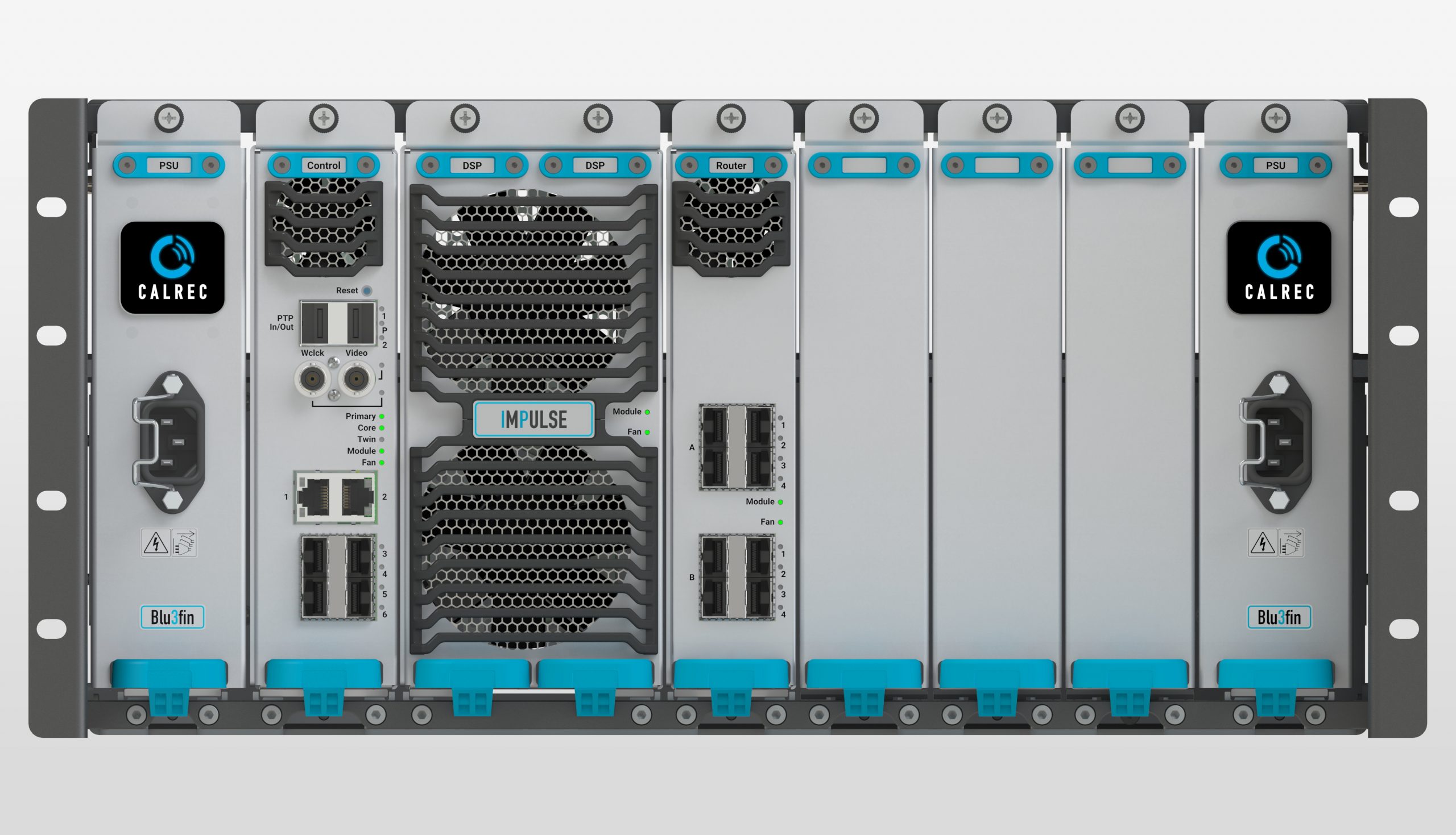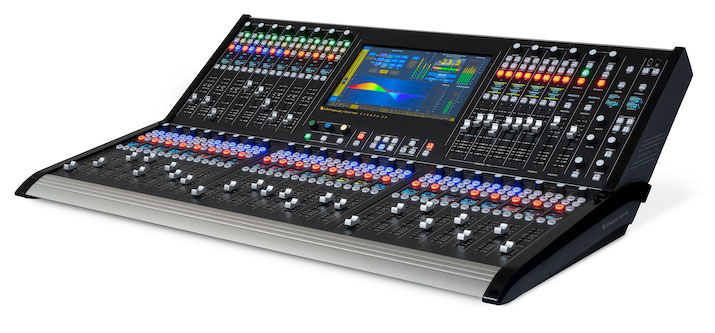Tech Focus: Audio Consoles, Part 1 — Evolution of IP Connectivity, Remote Access Accelerates
Pandemic spurred development to better support REMI workflows
Story Highlights
There have been two distinct trends in audio-console development over the past couple of years: a migration to IP-based connectivity and the remote access of a console core via discrete device, either wirelessly or over the internet. Both were well on their way to widespread and routine adoption when COVID-19 shut sports down in March 2020 — canceling MLB, NBA, NHL, NCAA and other televised events and sparking an acceleration of those now-intertwined trends.
Broadcasters had already realized the economic benefit of the shift to REMI/at-home production, deploying fewer personnel and technical assets onsite at events and handling such processes as audio mixing and video switching from a main facility — a workflow that IP connectivity enabled and enhanced. Suddenly, though, so-called at-home mixing had become literally that: A1s found themselves mixing shows from spare bedrooms and basements as they sheltered from the virus.
Many of these new tools were already in place, such as Studer’s Vista Remote Access platform — which will continue to be supported in the wake of Evertz’s acquisition of Studer earlier this year, Mo Goyal, senior director, international business development, live media production, Evertz, tells SVG. Some were still in early stages; others were cobbled together nearly on the fly as broadcasters coped with the stuttering reopening of live sports production. Now, on the precipice of postpandemic production, we’re looking at a new generation of fully realized products.
A Long Time Coming
For instance, as the shift to remote production sped up during the pandemic, Calrec further developed and promoted its Calrec Assist, a browser-based interface application that creates a virtual console environment and is compatible with Calrec’s RP1 remote-production core, VP2 virtual-production engine, Type R IP core, and Apollo and Artemis mainframe broadcast consoles. However, says Chris Fichera, VP, Group One Ltd., which oversees Calrec sales in North America, the move toward headless remote production began earlier.
“We developed a method for mirroring the [onsite] consoles remotely and tested it out pretty extensively,” he explains, “but it was never put into actual use then.” He adds that tests were conducted between buildings on production company PRG’s Burbank, CA, campus, then between Burbank and Oklahoma, and finally between onsite Game Creek trucks, all using Artemis surfaces and cores.
Says Calrec VP, Sales, Dave Letson, “It’s an extension of a lot of the work that we started some years ago, because we could see on the horizon that there would be more remote workflows required. Remote production would be required.”
Although the functionality of those initial tests mimic much of what can be done with remote systems available now, Fichera says, the difference is in the scale that those earlier tests achieved.
“We were literally taking over the entire core of the console in a studio or a truck and reproducing it elsewhere,” he explains, adding that the only real challenge is distance, which manifests in production as latency. “We can put an RP1, a 32-channel mixer, at a venue and easily manage it. An Artemis is closer to 640 channels, and we are now doing that, too.”
The New Normal
The concept of broadcasters and their technical support managing entire productions remotely, from home or elsewhere, has become routine.
“Most of the broadcasters we know consider remote home studios or remote venues standard operational fare now,” says Dee McVicker, marketing associate, Wheatstone, noting that the company has put together a remote-solutions chart of its product options. “If they have a Wheatstone IP audio TV or radio console, they’re most likely remoting in through one of our standalone virtual mixers or a virtual mixer that mirrors their studio console, or perhaps our ReMIX remote mixer app taps into an I/O unit in the WheatNet-IP audio network to give them remote mixing and logic access from anywhere.
“The remote operation has been around for a while,” she continues, “but the pandemic certainly accelerated its usefulness, and this now seems to be a natural extension of the AoIP console and the AoIP network in particular.”
That’s also being hastened by the virtualization of broadcast-production hardware, which includes consoles, as well as by the move to cloud-based operations, McVicker asserts.
“We view cloud [and] virtualization to be a big part of the overall remote operation and REMI picture along with system interoperability,” she says. “That is why our new AoIP I/O unit, the Blade 4, supports NMOS device discovery, AES67 multichannel support, and packet-timing adaptability. We also added Opus, MP3, and AAC codecs to the AoIP network, all routable in native AoIP, to make those remotes much easier.
“In addition to remote broadcast,” she continues, “one of the biggest changes we’re seeing is the impact streaming has on the overall operation. To say that streaming is exploding in sports is an understatement. Broadcasters we talk to are adding more streams, and they’re looking for fast and easy ways to do it, using AoIP appliances like our Streamblade or Wheatstream.”
The future of remote production is going to include dispersed operations personnel deploying the console systems’ connectivity products as nodes on a large network. But those networks may eventually end up building their own more centralized aspects. For instance, Fichera notes, major production rental companies, such as NEP, are applying it to their own new remote-production facilities.
Letson underscores that, suggesting that the equipment on remote-production trucks can become hubs for multiple games at once.
“The trucks are actually somewhat underutilized,” he points out. “They’re very expensive; in a lot of cases, they spend more time traveling to and from the venue than actually doing the game. That’s a lot of equipment, a lot of assets that aren’t being used. A lot of our clients see their equipment on that truck being used for one game a week. If we build a remote-production center and fly cameras and audio I/O [to the venue], they can potentially do more games from the same hardware. It just makes the whole workflow more efficient.”
Click here for Tech Focus: Audio Consoles, Part 2 — Remote Operation Continues To Grow.


